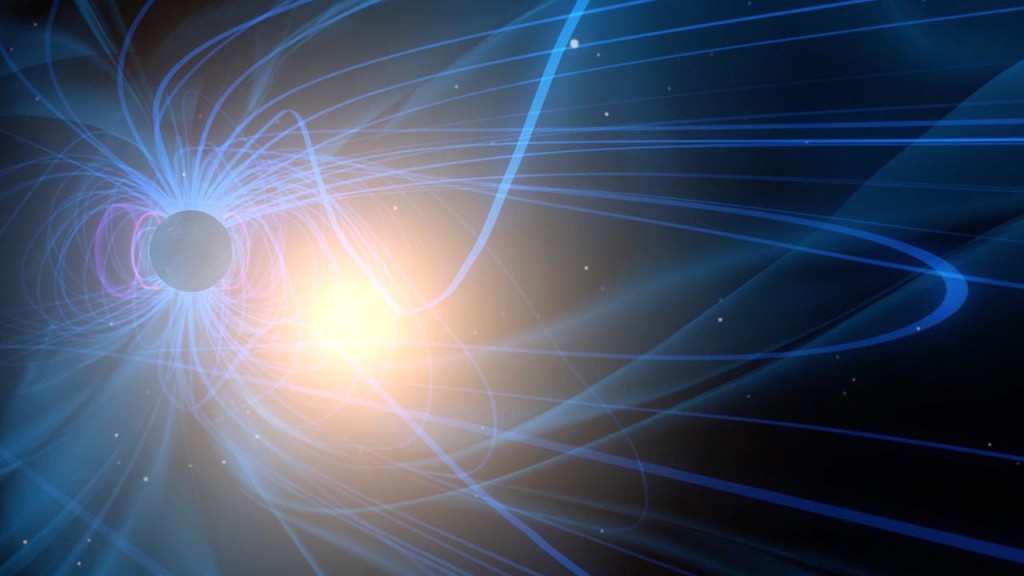
Earth is enveloped by a dynamic and complex magnetic field that interacts with charged particles that stream in from space. Our planet’s magnetic field is called the “magnetosphere.” When magnetic field lines are broken and reconfigured, that’s “magnetic reconnection” — and it’s often accompanied by a large explosion of energy.
This process is not unique to Earth. After all, magnetic fields and interactions are found throughout the universe. But closer to home, magnetic reconnection is a major driver of solar activity and space weather events such as solar flares and coronal mass ejections. These violent outbursts can be harmful to astronauts in orbit, and can affect our power grid and disrupt the satellites we use every day for communications, weather forecasting and navigation.
In other words, whether we’re aware of it or not, we’re heavily invested in the goings-on in Earth’s magnetosphere. But magnetic reconnection isn’t well understood just yet. That’s what the MMS mission is all about. NASA is sending four identical spacecraft to fly in formation and observe these events from an unprecedented front-row seat to help us better understand this mysterious process.
